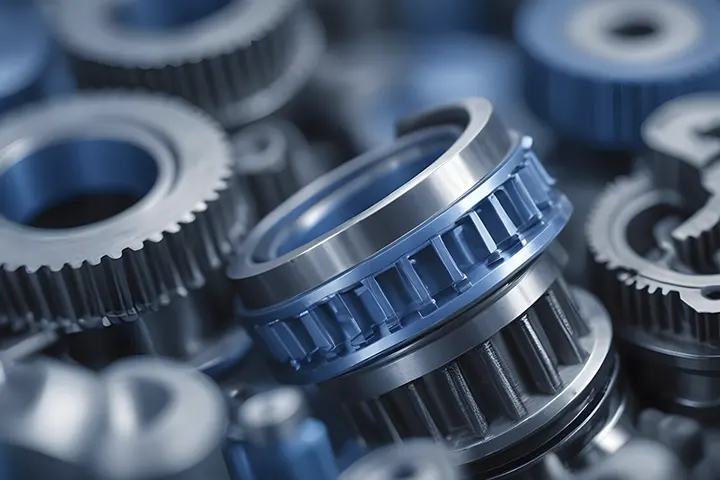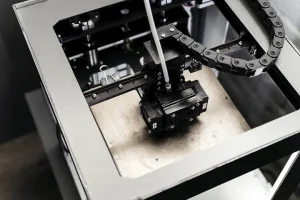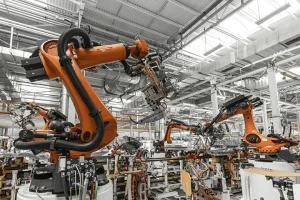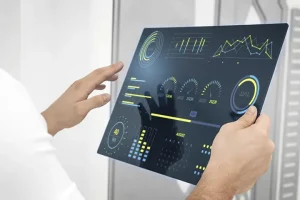3D printing technology, or Additive Manufacturing (AM), has greatly changed the way mechanical parts are produced. In the past, manufacturing mechanical parts required traditional manufacturing processes such as casting, turning, and welding, which often Time consuming and expensive But with 3D printing technology, parts can be created quickly and more cost-effectively.
One of the key benefits of 3D printing is its ability to create highly complex parts that are not possible with traditional manufacturing processes, for example creating parts with complex internal structures. or combining several parts together into one piece which can reduce assembly and increase the strength of parts
Additionally, 3D printing reduces material wastage. This is because it is a process where materials are added layer by layer according to a specified pattern. Instead of cutting or drilling out the entire material, this reduces waste and saves more on materials. It can also use a variety of materials, such as metals, plastics, and ceramics, making it versatile in production.
3D printing also has advantages in producing made-to-order parts. This reduces the need to stock spare parts. and reduce the time spent waiting for spare parts. In addition, parts can be customized to meet the specific needs of customers. This makes it possible to respond quickly to the diverse needs of the market.
Although 3D printing technology has many benefits, But there are some challenges to consider, such as the strength and durability of printed parts still not being able to match those produced using traditional methods in some cases. Additionally, 3D printing requires setup and maintenance. Precise control To get high quality parts
Continuous development of 3D printing technology is therefore important. Researchers and manufacturers need to work together to improve materials and manufacturing processes. To be able to produce high quality parts and respond to industry needs.
In the future, 3D printing technology will play an important role in the development of mechanical spare parts production. Not only will it reduce costs and production time. but also increases the flexibility and adaptability of production. This allows the industry to respond quickly and efficiently to changes and new demands.





